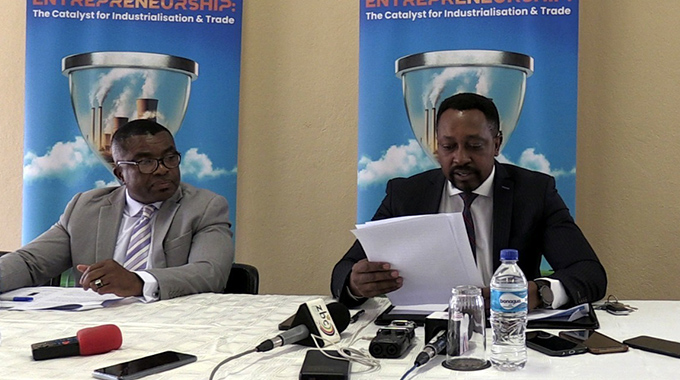Kariba Dam water levels under spotlight at ZNCC meeting
Brighton Gumbo Business Reporter
BULAWAYO will tomorrow host the Zimbabwe National Chamber of Commerce (ZNCC) 2015 Trade and Investment dinner with focus on investment issues in the energy sector.
Organisers say the meeting would seek to deliberate on ways to boost power production in light of reduced electricity output at Kariba Hydro Power Station.
Water levels at the 750MW power plant have dropped to alarming levels, with the Zambezi River Authority (ZRA) indicating that if it does not rain anytime soon, power generation could be suspended.
Statistics from ZRA indicate that water levels at the dam are just three metres shy of the point of no usage, as the dam cannot operate below 475,50m. Currently it is at 478,51m.
Tomorrow’s event will run under the theme: “Reviving Energy Sector to Energise the Economy”.
ZNCC Bulawayo branch manager, Mduduzi Ncube, said the chamber was cognisant of the impact the low dam levels have on the power output of the national grid.
He said a reduction in power production could result in lower industrial productivity, which will subsequently translate to shrinkage in the already lean gross domestic product.
“As captains of the industry, we’ve deemed it fit to address this looming quagmire through initiating dialogue aimed at crafting lasting solutions to our energy woes,” said Ncube.
The event will feature Energy and Power Development Minister, Samuel Undenge, Macro Economic Planning and Investment Promotion Minister, Obert Mpofu, AFREXIM bank representatives, Zimbabwe Energy Regulatory Authority chief executive officer, Gloria Magombo among others.
Ncube said it was the chamber’s desire to see continuous gatherings of business executives and captains of the industry in Matabeleland.
“As a premier chamber event in Matabeleland, we believe the trade and investment opportunities dinner provides you with the right platform to network with decision makers of corporate Matabeleland,” he said.
Water levels at Kariba dropped to 40 percent of capacity by mid-July and now have declined to 21 percent with less than one percent left for usage.









Comments